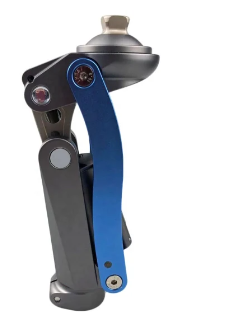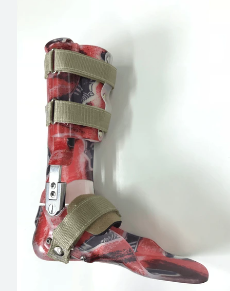KAFO with drop lock Imported quality: The term KAFO is an acronym that stands for Knee-Ankle-Foot Orthosis and describes the part of the body that this device encompasses. This device extends from the thigh to the foot and is generally used to control instabilities in the lower limb by maintaining alignment and controlling motion. Instabilities can be either due to skeletal problems: broken bones, arthritic joints, bowleg, knock-knee, knee hyperextension or muscular weakness and paralysis. With this in mind, the indications for the use of a KAFO are many and varied and any one particular design is specific to the needs of the person it is made for. It is very light weight and more durable.
Send Message








